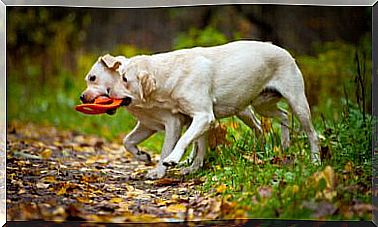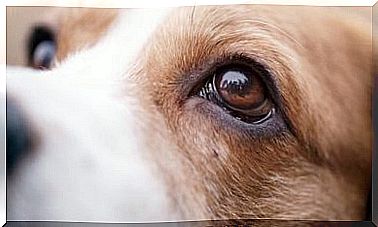What Differentiates Dogs From Wolves?
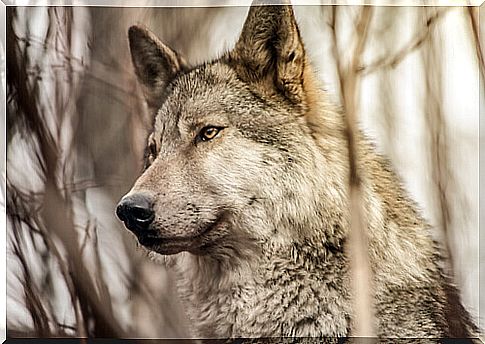
On many occasions we have explained to you that dogs are descended from wolves. In reality they are different animals yet, at the same time, similar. Why can you tame a dog but not a wolf? Why do dogs keep hunting instincts like wolves?
There are so many questions about it that we have decided to answer in this article. Stay with us to find out all the answers!
Dogs and wolves, two different animals
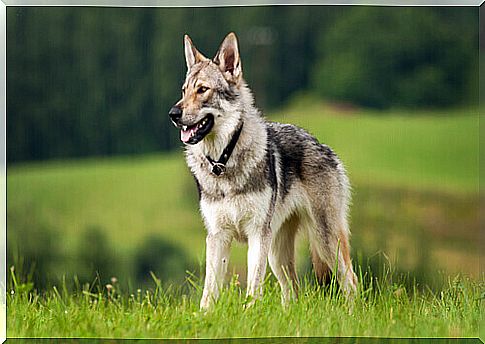
Although they appear different, dogs have many attitudes in their genes typical of wolves. For example, the instinct to guard and defend everything that belongs to them.
And, although physically the differences are obvious, certain attitudes of dogs, such as the way they communicate with their peers, are descended from the genes of wolves.
However, these similarities are especially noticeable in semi-wild dogs, the ones who spend less time with people. In fact, if you notice it, an animal that spends many years abandoned and without relating to anyone will present much more wolf-like attitudes than that of a dog.
What are the differences between dogs and wolves?
Dogs have great adaptability. Thus, those who are domesticated and raised in a home, come to adapt to their environment in such an incredible way that they move further and further away from their origins, those of wolves.
The big differences that can be seen between dogs and wolves are:
- Distrust. Wolves, perhaps due to the environment in which they live, are elusive and distrust everything, especially humans.
- Social skills. Dogs are quite the opposite, as they love to be with humans and have developed a relationship with them since the earliest times.
- The skull. A dog’s is smaller than a wolf’s.
- Teeth. Those of wolves are sharper than those of dogs.
- Digestion. Tests and analyzes have found that dogs are able to digest foods rich in carbon hydrates, while wolves cannot.
Similarities Between Dogs and Wolves
The similarities between these two species are as follows:
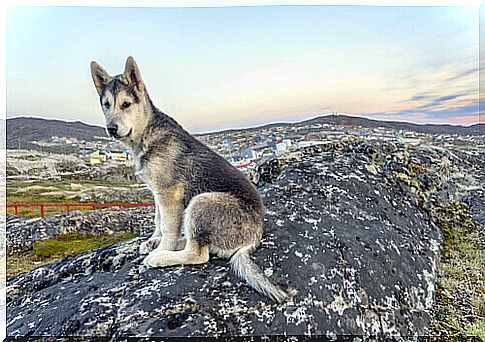
- They are canids. They both howl, growl and bark, although there are some breeds that don’t, such as the Siberian Husky.
- They hide food. Both species do it: they hide what is left over, even though wolves generally tend not to advance anything.
- Sense of smell, sight and hearing. They both have them very developed and can see clearly in the dark.
- The need to be in a pack. Both wolves and dogs need to be with someone, to be in company. Whether it’s their fellow humans or people, they have an innate need to live in packs.
- The way to communicate. Through parts of the body such as ears, tail or eyes, they have the ability to communicate with other animals or people, and they also do so through olfactory signals.
In addition to all this, there are breeds, such as the German Shepherd, which are very physically similar to wolves.
Many wonder how we went from wolf to dog. The truth is that, at the beginning of human history, he tried to tame wolves to use them as guardians and shepherds.
Then the dog came, or maybe it was a mini wolf from an unknown cross, and he began to live with people, until he developed that close relationship that we know today. A dog is a real member of the family and helps defend the home, something that has not yet been achieved from a wolf.






